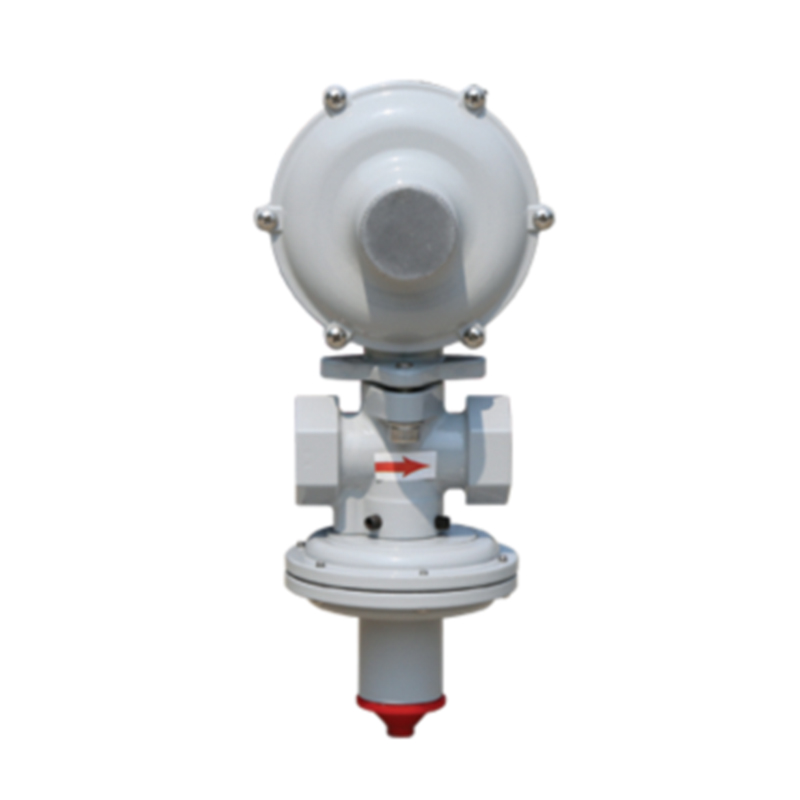
Dec . 13, 2024 12:51
Back to list
gas pressure reducing valve
Understanding Gas Pressure Reducing Valves A Comprehensive Overview
A gas pressure reducing valve (PRV) is a crucial component in gas distribution systems, ensuring that gas is delivered to consumers at a safe and usable pressure. These valves play an essential role in various applications, from residential heating systems to industrial processes, where high-pressure gas must be reduced to a lower pressure suitable for use.
What is a Gas Pressure Reducing Valve?
A gas pressure reducing valve is a mechanical device designed to reduce the pressure of gas from a high-pressure source to a lower pressure that is suitable for specific applications. The valve operates automatically, adjusting to changes in pressure levels to maintain a consistent output pressure. PRVs are prevalent in natural gas distribution, propane systems, and various industrial processes where gas is employed.
How Does a Gas Pressure Reducing Valve Work?
The operation of a gas pressure reducing valve is based on the principles of pressure regulation. When high-pressure gas enters the valve, it encounters a spring-loaded diaphragm or a piston mechanism within the device. This internal component is designed to respond to changes in output pressure.
1. Pressure Regulation As gas flows into the valve, the diaphragm flexes according to the pressure of the incoming gas. If the output pressure exceeds the set point, the diaphragm moves in a way that restricts gas flow, effectively reducing the pressure. 2. Stability Maintenance Conversely, if the output pressure drops below the set point, the diaphragm allows more gas to flow through, increasing the output pressure until it reaches the desired level. This constant adjustment makes PRVs reliable for maintaining stable gas pressure.
3. Safety Features Many modern PRVs are equipped with additional safety features, such as over-pressure protection and automatic shut-off valves, to prevent potential hazards resulting from excessive pressure.
Applications of Gas Pressure Reducing Valves
gas pressure reducing valve

Gas pressure reducing valves are used across a multitude of sectors
- Residential In homes, PRVs are vital for reducing natural gas pressure from the main supply line to safe levels for appliances such as stoves, heaters, and water boilers. - Commercial In commercial settings, such as restaurants and large buildings, PRVs ensure that equipment operates safely and efficiently by maintaining consistent gas pressure. - Industrial Within industrial processes, PRVs are indispensable for managing gas pressure in manufacturing systems and ensuring that machinery functions correctly while minimizing the risk of pressure-related accidents.
Benefits of Using Gas Pressure Reducing Valves
1. Safety The primary advantage of using PRVs is safety. By ensuring that gas is delivered at safe levels, PRVs minimize the risk of accidents, explosions, or equipment malfunctions caused by excessive pressure.
2. Efficiency These valves help in optimizing the performance of gas appliances and systems. By maintaining the correct pressure, PRVs enhance energy efficiency, reducing waste and lowering operational costs.
3. Versatility Gas pressure reducing valves can be customized to meet specific pressure requirements, making them suitable for various applications, from small residential systems to large industrial installations.
4. Longevity of Equipment By preventing pressure spikes, PRVs prolong the life of downstream equipment and reduce maintenance costs associated with wear and tear.
Conclusion
Gas pressure reducing valves are integral to modern gas distribution systems, providing safety, efficiency, and reliability in a wide range of applications. Understanding their function and importance can help both consumers and industry professionals appreciate the crucial role these devices play in daily life. As technology advances, the design and functionality of PRVs continue to evolve, further enhancing their reliability and effectiveness in managing gas pressure with increased safety measures. Whether for residential use or in complex industrial systems, gas pressure reducing valves remain an essential component in ensuring the safe and efficient use of gas resources.
Next:
Latest news
-
Safety Valve Spring-Loaded Design Overpressure ProtectionNewsJul.25,2025
-
Precision Voltage Regulator AC5 Accuracy Grade PerformanceNewsJul.25,2025
-
Natural Gas Pressure Regulating Skid Industrial Pipeline ApplicationsNewsJul.25,2025
-
Natural Gas Filter Stainless Steel Mesh Element DesignNewsJul.25,2025
-
Gas Pressure Regulator Valve Direct-Acting Spring-Loaded DesignNewsJul.25,2025
-
Decompression Equipment Multi-Stage Heat Exchange System DesignNewsJul.25,2025

